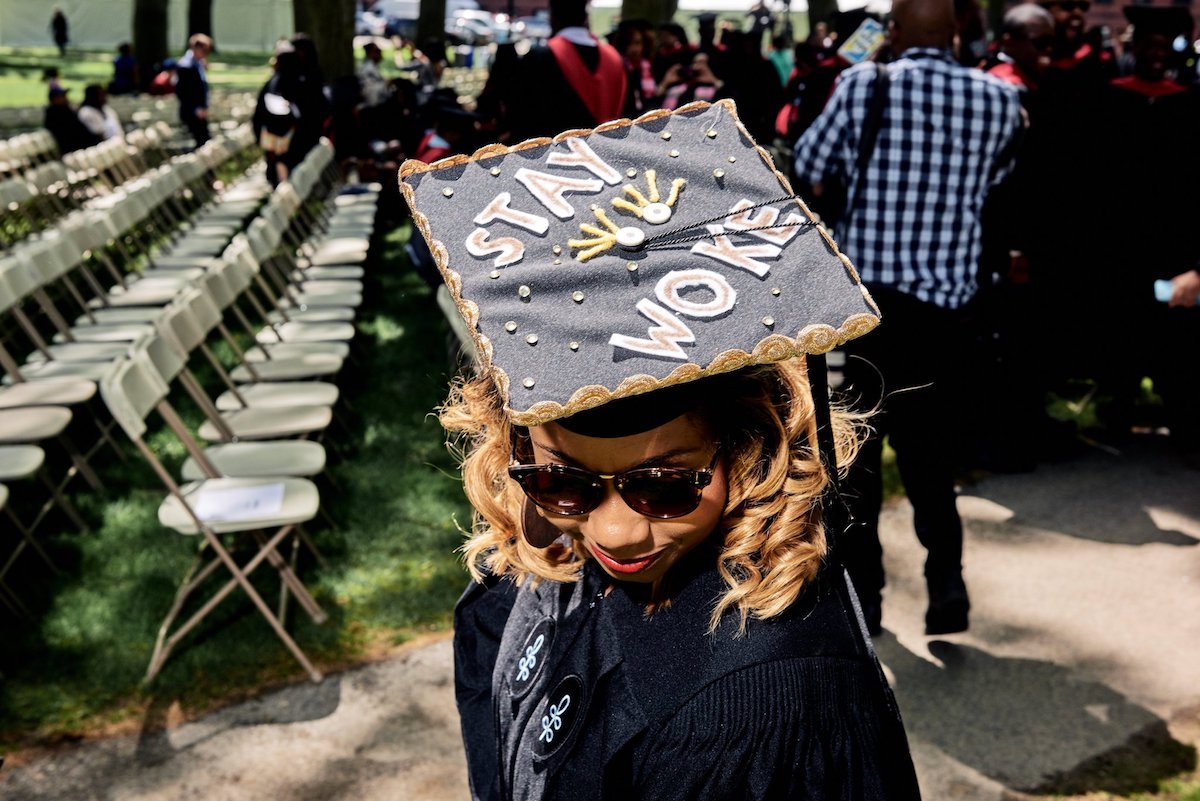[dropcap]Every[/dropcap] year, scores of gifted students have their college prospects hampered by life circumstances. Imagine a teenager attending a high school where few of his peers make it to graduation, much less college. This student, however, is a high achiever. His grade-point average and test scores show it. In fact, they’re good enough to get into some of the best institutions in the country. But he doesn’t go to any of those institutions—let alone apply for them. Actual high-schoolers like this hypothetical student and the issues they face are very real. [mc4wp_form id=”6042″]
The phenomenon—in which students do not attend the most selective colleges their qualifications suggest they could—is called “undermatching.” Few theories have garnered as much attention from the higher-education crowd as quickly as undermatching has. As Matthew Chingos, a policy expert at the Urban Institute, puts it, perhaps the chief problem with undermatching is that it disproportionately happens to low-income and minority students. A range of benefits comes with attending an elite institution: name recognition, more financial resources, and oftentimes an alumni network connected to powerful places. And by undermatching, capable students with unique perspectives on the world might miss out on those advantages—exacerbating a trend in which affluent students dominate the pipeline of those positioned for leadership roles.




You must be logged in to post a comment.